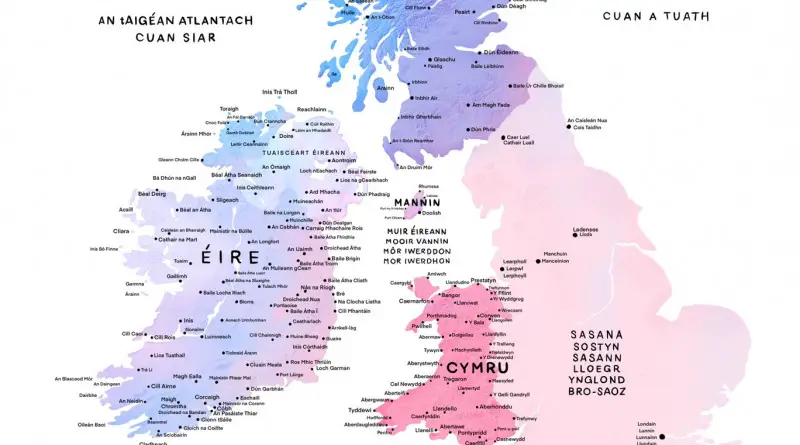Europe
The British Isles were once neither British nor isles
During the last Ice Age, when global sea levels were significantly lower due to the presence of large ice sheets, Doggerland was a vast plain that stretched across the area that connected present-day Great Britain to mainland Europe. It was inhabited by various human populations and supported diverse ecosystems, including forests, rivers, and wetlands. The landscape would have been similar to other low-lying coastal regions of Europe.
Read MoreMigrants emergency response
366,402 people have arrived in Europe across sea (in 2015) – half of them from Syria.
Read MoreEurope Through Italian Taste Buds: A Humorous Food Map
From ‘Real Food’ to ‘Culinary Despair,’ this entertaining map shows how Italians humorously view European cuisines. Cross the Overcooked Pasta Meridian at your own risk!
Read MoreSeeking a fair distribution of refugees in Europe
The chart below shows that, of the larger countries with stronger economies, Germany and Sweden have accepted many more asylum
Read MoreCeltic World
The Celts is a group of Indo-European peoples in Europe and Anatolia distinguished by their use of the Celtic languages and other cultural identities. The precise geographic spread of the ancient Celts is debated. The earliest undisputed direct representatives of a Celtic language are the Lepontic inscriptions beginning in the sixth century BC. Continental Celtic languages are attested almost only by inscriptions and place-names.
Read MoreMigrant crisis explained in numbers
The EU is struggling to respond to a surge of desperate migrants, thousands of whom have perished in their attempts
Read MoreThe Changing Borders of the Balkans: An Animated Journey Through Time (1796–2008)
Few regions in Europe have seen as many border changes as the Balkans. This animated map traces the shifts from 1796 to 2008, from Ottoman decline to the breakup of Yugoslavia.
Read More

